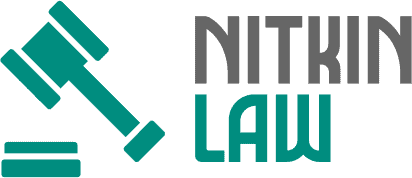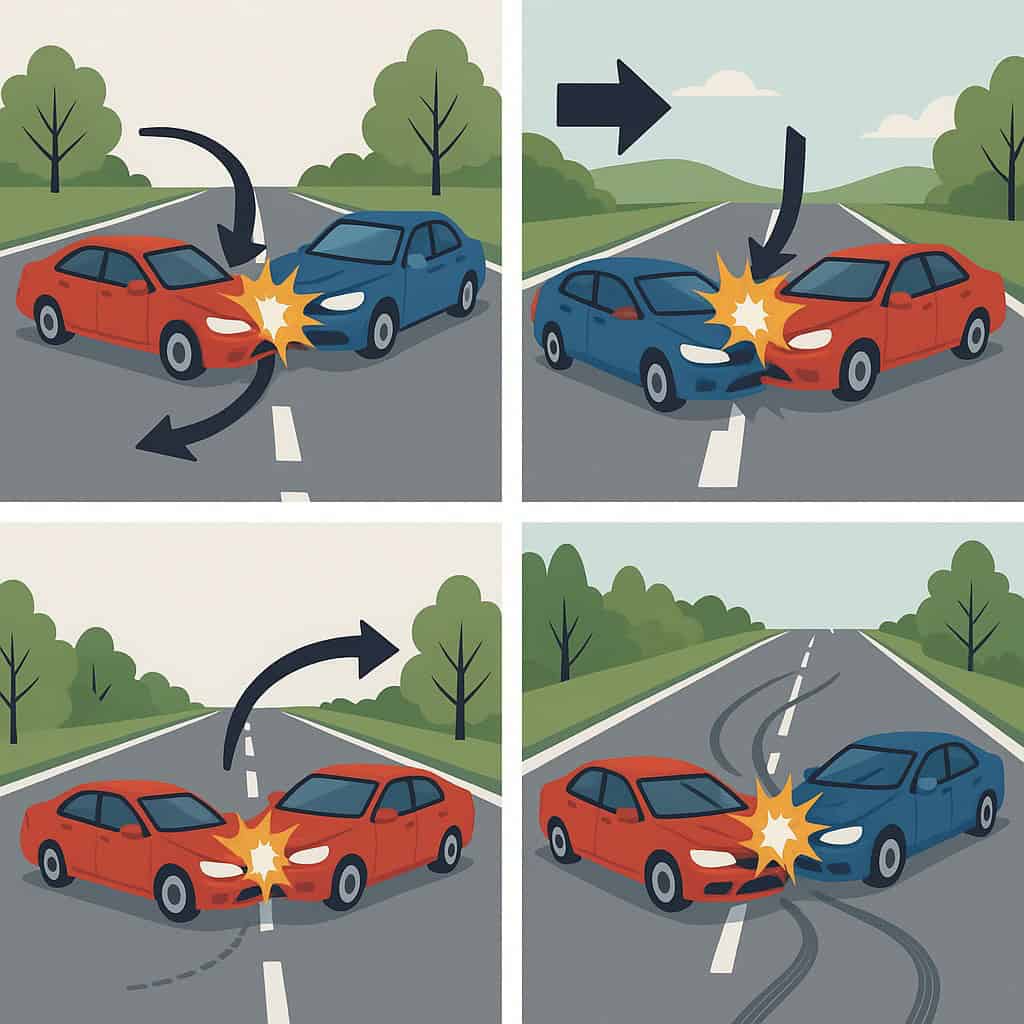Head on collisions most commonly result from lane departures, wrong-way driving, and unsafe passing maneuvers, with fault typically assigned to the driver who crossed into oncoming traffic or violated traffic laws.
How Do Head-On Collisions Typically Occur and Who’s at Fault
Head on collision incidents rank among the most devastating types of car accident scenarios. When vehicles traveling in opposite directions collide front-to-front, the resulting frontal crash often produces life threatening injuries and wrongful death claims. Victims often require representation from a personal injury law firm to navigate complex legal proceedings.
Understanding how most head on collisions occur helps drivers recognize dangerous situations while clarifying fault determination for accident victims seeking compensation.
Head On Collision Scenarios
Lane Departure on Two Lane Roads
Most head on collisions happen when one driver crosses the centerline on undivided roadways. Distracted driving, fatigue, or impaired driving causes vehicles to drift into oncoming traffic.
Common causes include:
- Texting while driving or not paying attention
- Falling asleep at the wheel
- Alcohol or drug impairment
- Medical emergencies
The driver who left their lane bears responsibility for breaching the legal duty to maintain proper vehicle control.
Wrong-Way Driving
Wrong way entries create catastrophic head on crash scenarios. Drivers mistakenly enter exit ramps or drive against traffic flow on divided highways.
These incidents often involve:
- Confusion at highway interchanges
- Impaired drivers missing road signs
- Elderly drivers experiencing disorientation
- Poor road conditions affecting visibility
Wrong-way drivers face gross negligence charges as traffic codes strictly prohibit opposite-flow entry.
Unsafe Passing Maneuvers
Overtaking drivers who misjudge distance or oncoming speed create dangerous frontal collisions. Attempting to pass without clear sight distance violates basic traffic laws.
Unsafe passing occurs when:
- Drivers underestimate oncoming vehicle speed
- Passing zones have insufficient visibility
- Impatience leads to risky decisions
- Hills or curves obstruct sight lines
The passing driver assumes liability for initiating an illegal maneuver.
Determining Fault in Head-On Accidents
At Fault Driver Identification
Fault determination requires thorough investigation by police and accident reconstruction experts. Physical evidence helps establish which driver breached their legal duty.
Key evidence includes:
- Skid marks showing vehicle paths
- Point of impact analysis
- Witness statements
- Police report documentation
Insurance companies examine several factors when determining fault, but the driver who crossed into oncoming traffic typically bears primary responsibility.
Fault Determined Through Evidence
Proving fault requires demonstrating that one driver breached their duty of care. Most cases involve clear violations like crossing centerlines or entering restricted areas.
Accident reconstruction experts analyze:
- Vehicle damage patterns
- Road conditions at the scene
- Weather factors affecting control
- Mechanical failure possibilities
The at fault party becomes liable for damages including medical bills, lost wages, and pain and suffering.
Common Injuries in Frontal Collisions
Severe Nature of Head-On Impacts
The severe nature of head on collisions produces devastating consequences for occupants. Two vehicles traveling in opposite directions create combined impact forces far exceeding other accident types.
Typical injuries include:
- Traumatic brain injuries from violent deceleration
- Broken bones and pelvic fractures
- Spinal cord damage causing paralysis
- Internal organ damage requiring emergency surgery
Many victims require extensive medical attention and face lengthy recovery periods.
Life-Threatening Consequences
Frontal crashes often result in fatalities due to the tremendous forces involved. Survivors frequently sustain serious injuries requiring ongoing treatment and rehabilitation.
Common long-term effects include:
- Permanent disability affecting quality of life
- Chronic pain requiring management
- Psychological trauma from the accident
- Financial hardship from medical expenses
Families may pursue wrongful death claims when accidents prove fatal.
Legal Options for Head-On Collision Victims
Personal Injury Claims
Injured victims can file personal injury claims against negligent parties. A personal injury lawyer helps navigate insurance companies and maximize compensation recovery.
Recoverable damages include:
- Medical bills and future treatment costs
- Lost wages and reduced earning capacity
- Pain and suffering compensation
- Property damage to vehicles
Personal injury protection coverage may provide immediate benefits while pursuing larger settlements.
Seeking Professional Legal Help
Car accident lawyers understand the complexities of head-on collision cases. Personal injury attorneys work to prove fault and recover damages from liable parties.
A qualified law firm offers:
- Free consultation to evaluate cases
- Investigation resources for evidence gathering
- Negotiation expertise with insurance companies
- Trial experience when settlements fail
Most personal injury cases proceed on contingency fee arrangements, meaning clients pay nothing unless successful.
Fault Determined: Next Steps for Victims
Head on collisions create complex legal situations requiring expert guidance. The responsible driver faces liability for all resulting damages, but insurance companies often dispute claims.
Victims deserve full compensation for injuries sustained through another’s negligence. Contacting an experienced attorney protects legal rights while focusing on recovery during this difficult time.
Seek immediate legal consultation to understand available options and begin the compensation recovery process. Professional representation ensures liable parties are held accountable for their negligent actions.


